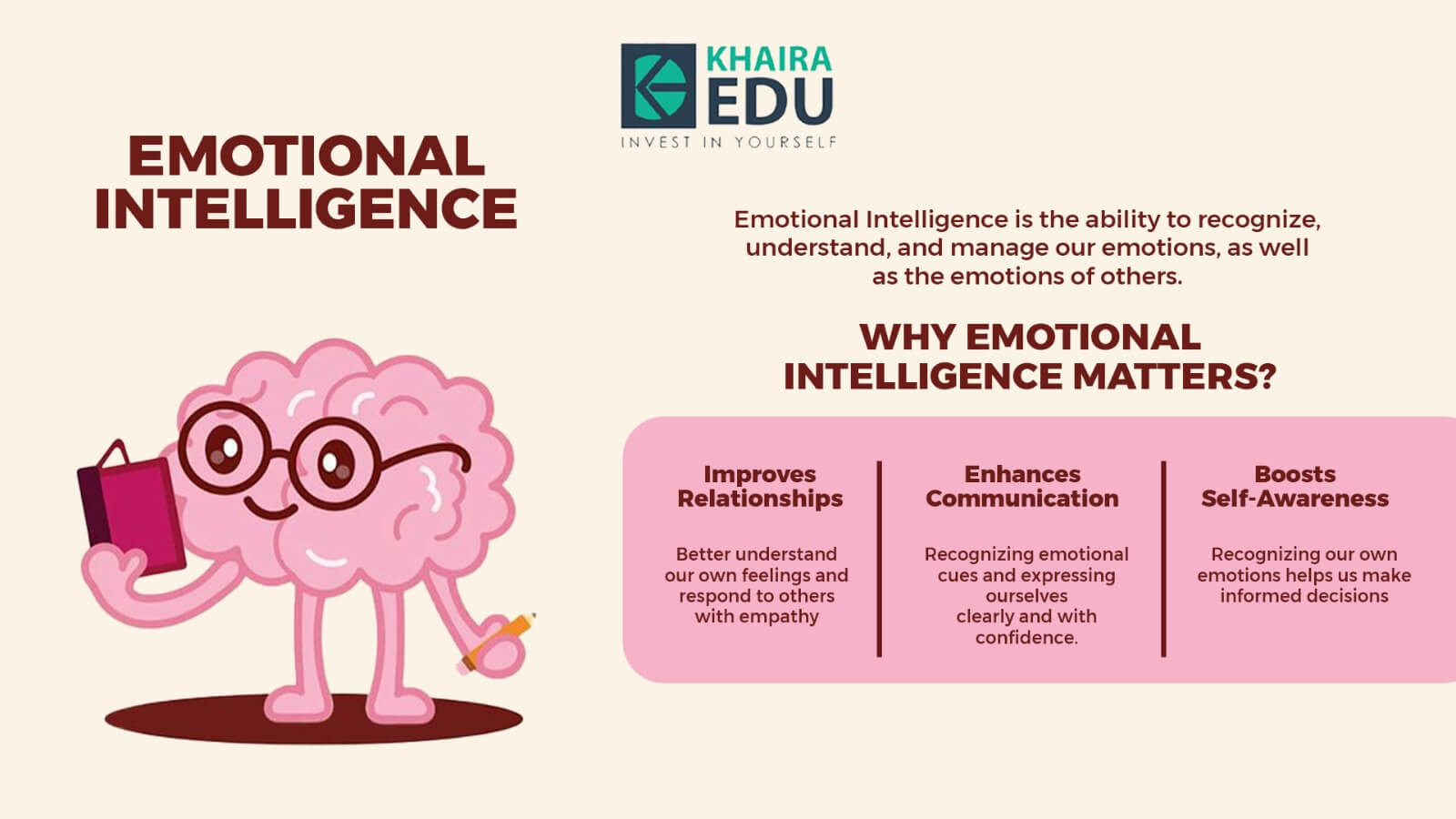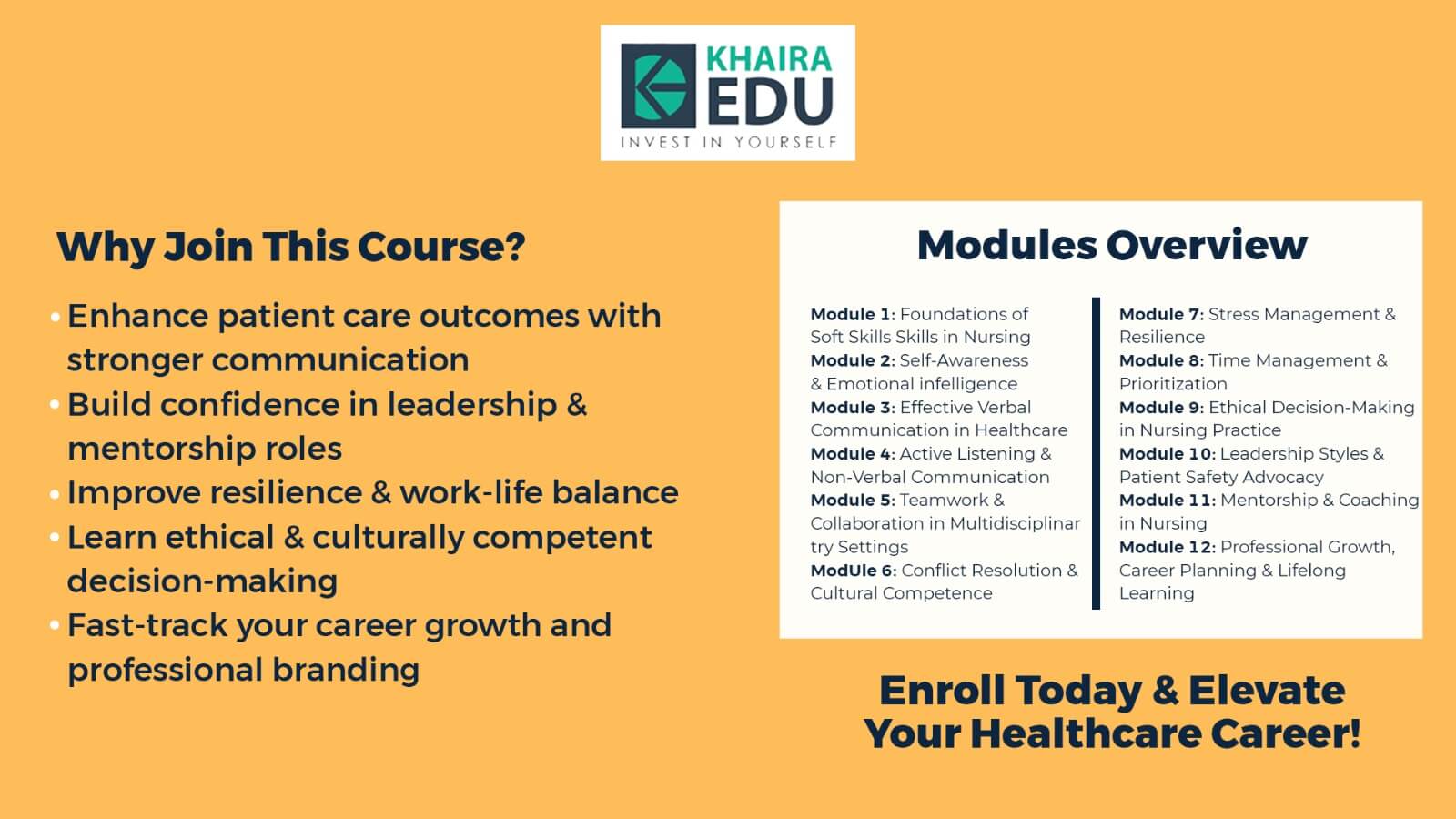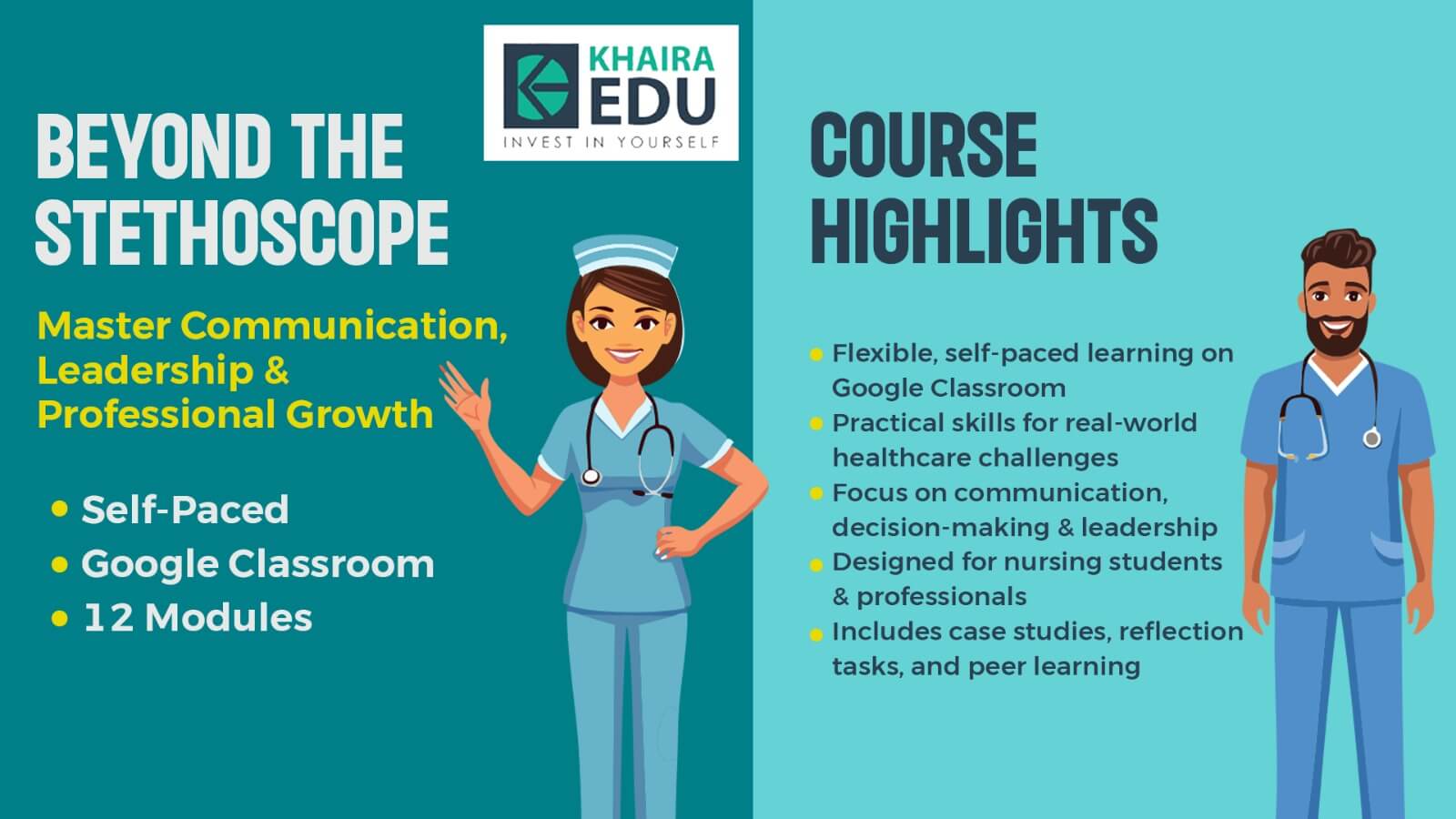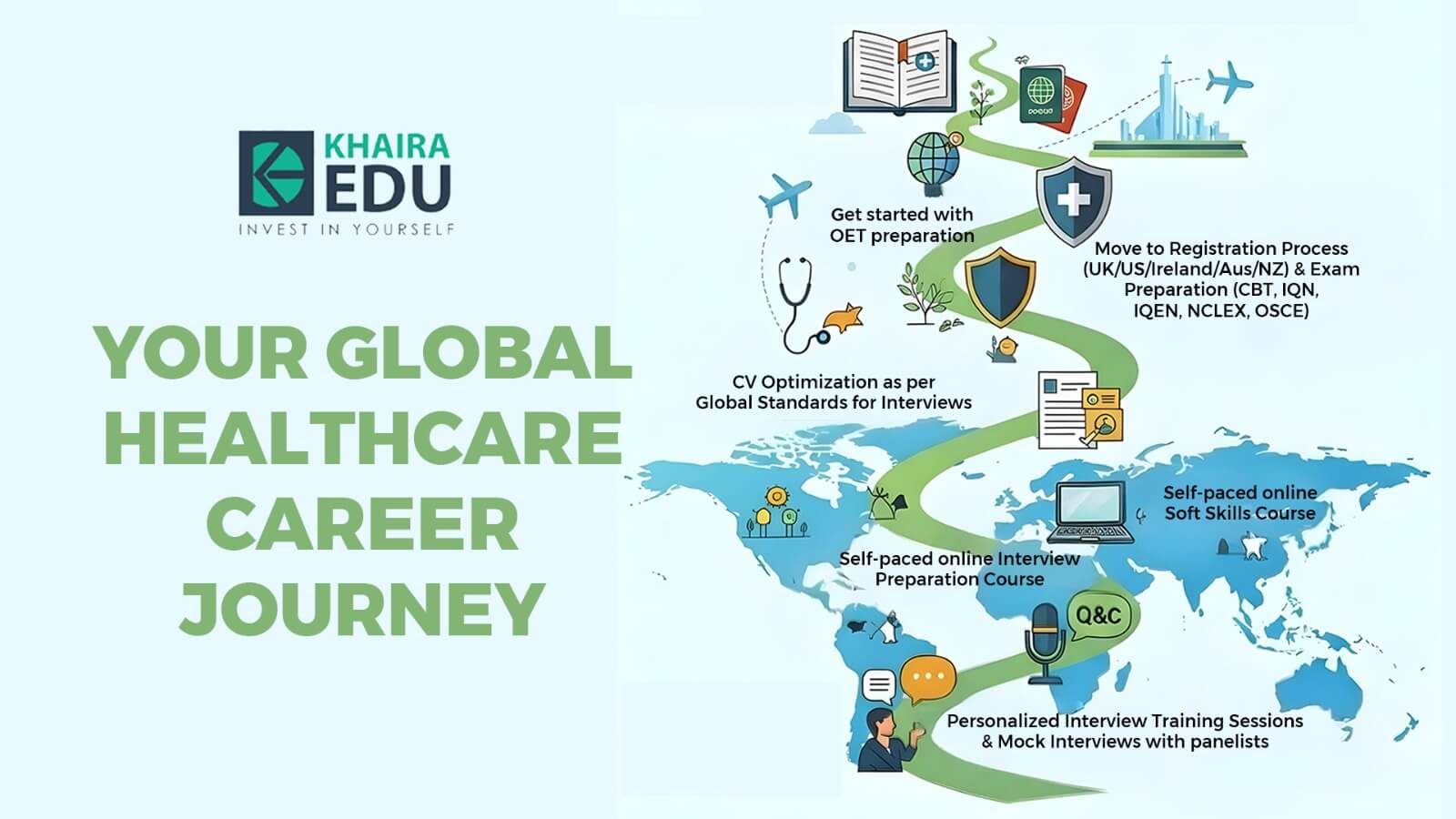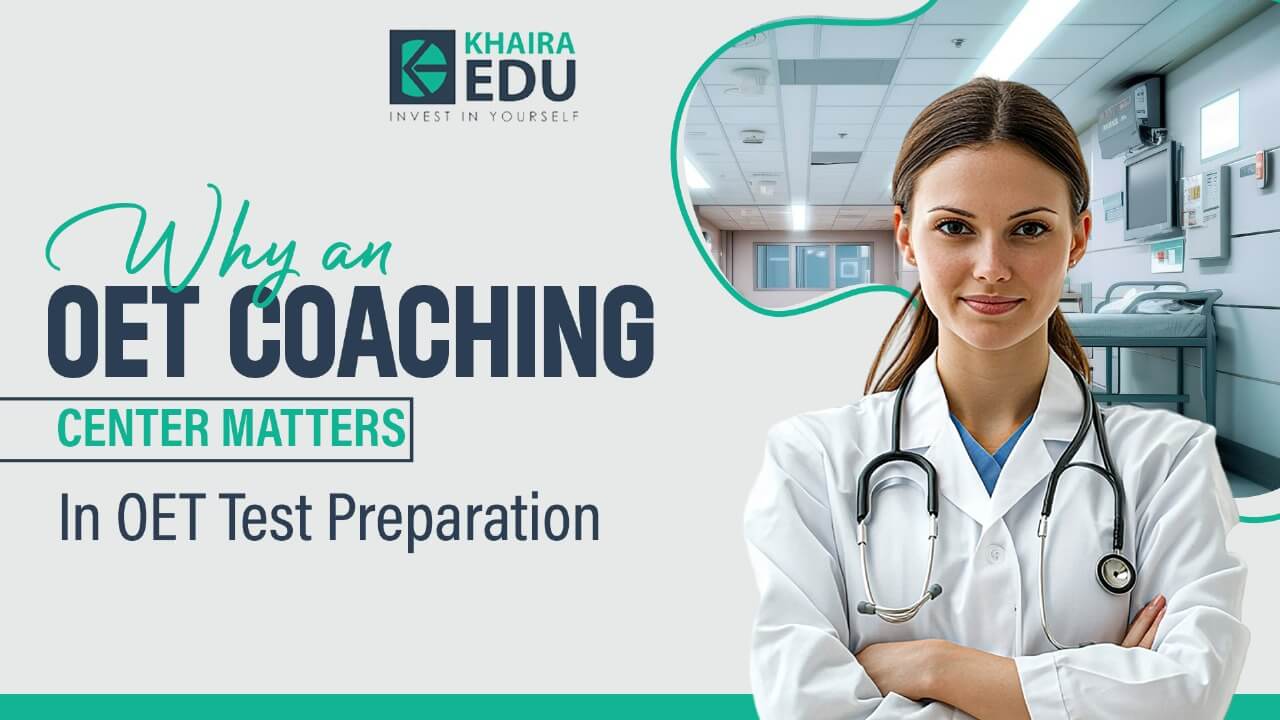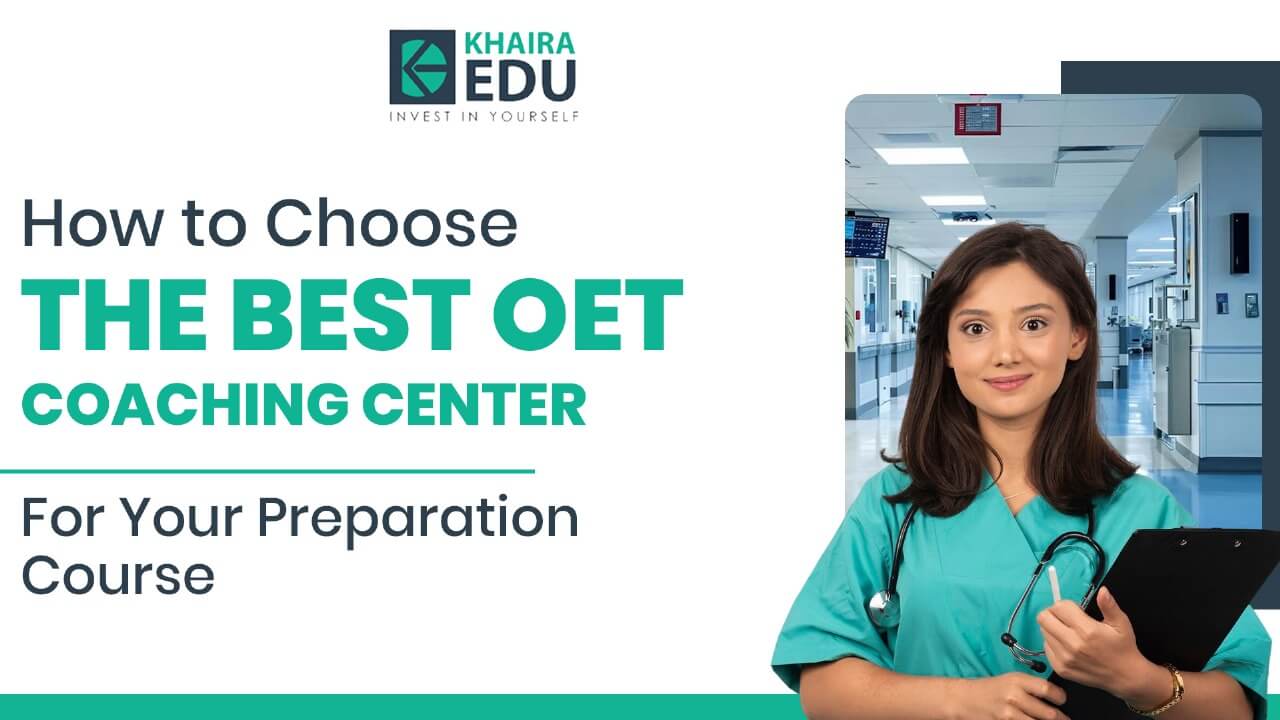OET Speaking is more than just having a conversation with a patient — it’s about demonstrating your ability to communicate professionally, confidently, and clearly in English.Many candidates struggle because of simple mistakes that affect their overall performance.
In this article, we explore the top three speaking errors that candidates make during the exam and how professional coaching can guide you to avoid them.
Common Mistake 1 – Assuming that every role-play begins the same way.
A major issue is thinking that every role-play starts the same way. The reality is that each scenario is different, and failing to recognize this can create a poor impression from the very beginning.
Scenario 1: After Completing a Medical Examination
If the scenario shows that you’ve already examined the patient, repeating introductions wastes time and breaks the flow.
Wrong approach:
“Hello, my name is Dr. Singh. How are you today?”
Correct approach:
“Thank you for allowing me to examine you. Let’s go over your symptoms and see how we can manage them.”
This makes you sound attentive and connected to the patient’s experience.
Scenario 2: Follow-Up Consultations
If it’s a follow-up, asking for personal details again shows a lack of attentiveness.
Wrong approach:
“Nice to meet you, Mr. Sharma. Can you tell me about your condition?”
Correct approach:
“It’s good to see you again, Mr. Sharma. How have you been feeling since we last spoke?”
This change reflects professionalism and attention to context — something we drill extensively in our coaching programs.
Common Mistake 2: Grammar Errors That Affect Communication
Even if you know what you want to say, grammar mistakes can make your response confusing. This is especially common when candidates are nervous during the exam.
Common error:
“You have had a cold for how long?”
This sentence is confusing and unnatural.
Correct version:
“How long have you had the cold?”
Using correct grammar improves fluency and ensures the examiner understands you clearly.
How coaching helps
Practicing with experts helps you get constructive feedback and internalize correct sentence structures. If you’re searching for the “best OET preparation near me,” look for coaching centers that focus on interactive learning and real-time correction.
Common Mistake 3: Lack of Structure – How to Organize the Conversation
A structured conversation is easier to follow and creates a positive experience for the patient — and the examiner. Without structure, role-plays can become confusing and weaken your communication.
Structured example
Nurse:
“Good morning, Mr. Patel. I’m Nurse Gurleen, and I’ll be helping you today. First, I’ll ask about your symptoms, then explain the treatment options, and finally answer any questions you may have. Does that sound okay?”
Patient:
“Yes, that sounds good.”
Nurse:
“Great! Let’s start with the pain you mentioned. Can you describe it?”
This approach is smooth and organized.
Unstructured example
Nurse:
“Hello, Mr. Patel. I’m your nurse today. Let’s start… tell me about your pain. I’ll explain treatment options later, but first, let’s ask about symptoms…”
Patient:
“Um… okay, I guess?”
Nurse:
“Alright, let’s begin.”
This approach feels rushed and lacks clarity
How structured communication helps
Signposting ensures that the listener knows what to expect, which is a critical skill in OET Speaking. Our coaching centers in India teach you how to structure conversations for clarity and professionalism.
Why These Mistakes Matter
Mistakes in opening, grammar, or structure can make you appear less confident and underprepared — both of which impact your score. Avoiding these errors demonstrates that you’re capable of handling real-life healthcare scenarios with sensitivity and clarity.
With expert guidance, like what we offer at Khaira Education, you can practice effectively, receive personalized feedback, and refine your speaking skills until they feel second nature.
The Path to OET Speaking Success

It’s not enough to memorize phrases or follow templates. The OET Speaking test requires you to adapt your language, tone, and structure according to the patient’s situation. Recognizing different scenarios, improving grammar, and staying organized in your responses are key to excelling.
Our best online OET coaching in India is tailored to help you overcome these challenges. We offer practical exercises, realistic role-plays, and expert advice that helps you build confidence and communicate naturally during the exam.
Final Words
Success in the OET Speaking test doesn’t come from using complex language or rigid formulas — it comes from connecting with the patient, speaking with grammatical accuracy, and structuring your responses effectively.. By avoiding these common mistakes and practicing under expert supervision, you can achieve the score you deserve.
If you’re looking for the most effective way to prepare for the OET Speaking test, Khaira Education offers specialized coaching that equips you with the skills needed to succeed. Join us and turn your preparation into a winning strategy!
